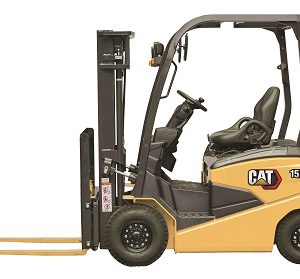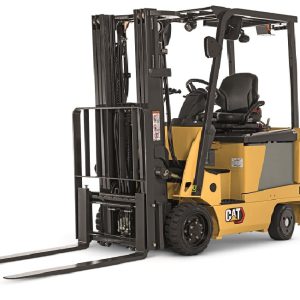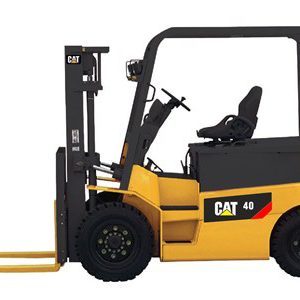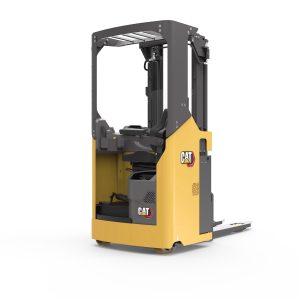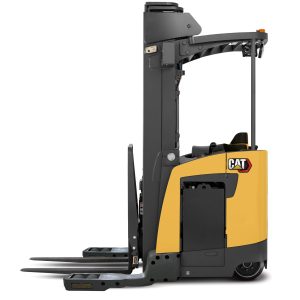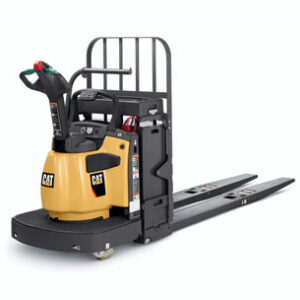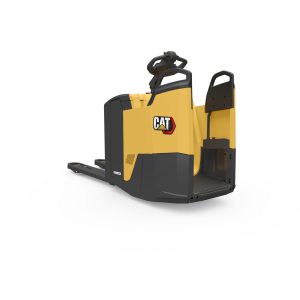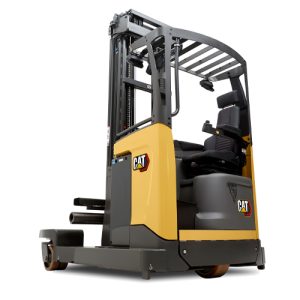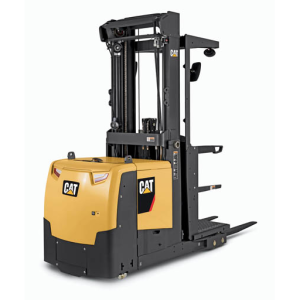
Hidden aspects of TCO
02/07/2020
The true cost of a lift truck
The proportion of businesses purchasing forklift fleets with their own funds is getting smaller and smaller throughout Europe. In recent decades we have seen the rise of many financial constructions designed to liberate capital funds, and the guiding concept used most today may well be ‘Total Cost of Ownership’ (TCO). However, not all the costs that you are going to incur during the lifetime of the trucks are easy to see. Or even quantifiable. Gian Schiava becomes a ‘materials handling Sherlock Holmes’ to reveal these secret costs.
First things first. What exactly is TCO? It is the sum of an asset’s purchase price plus all the costs – direct and indirect – involved in operating and maintaining it over its whole life. Without knowing the TCO, it is impossible to determine whether investment in the asset will deliver true economic value.
It is up to the buyer to find out what the financial consequences of his or her purchase decision are. For many forklift fleet owners, the most obvious costs are the monthly payments, consumables like fuel/energy and staff-related costs like salaries. Depending on the type of rental/hire contract, you may also have insight into the maintenance costs.
However, there are many more factors that impact upon TCO and make the job of the fleet manager very hard. We want to highlight four of those factors and their serious influence on your financial results.
1. Ergonomics leading to productivity
Essentially, once you have the trucks in place there are two types of costs: the truck-related ones and the driver-related ones. Most of the first category will be covered by your monthly fee; the second is harder to pinpoint. You may expect that productivity is primarily driven by the performance of a lift truck, but ergonomics have at least the same level of impact.
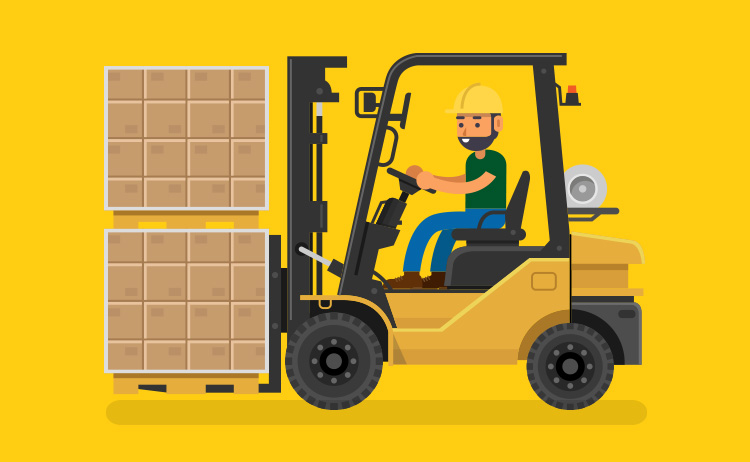
Drivers need to feel at ease and be able to work through long shifts without getting tired. This is simply translated into better performance. The bigger the machine (consider order pickers, reach trucks and man-up trucks, for instance), the more intense the work and the expected output.
Make sure to find a supplier who focuses on user experience right from the design stage. One whose product testing not only proves performance but is also based on reactions and opinions from large groups of truck drivers.
2. Downtime due to low-quality parts or poor first time, full pick rates
Most truck suppliers will develop a clear maintenance schedule, but how transparent are they when it comes to the parts used and the parts organisation behind these operations? Take your time to find out whether OEM (original equipment manufacturer) parts are being used. As emphasised in a previous Eureka article, lift trucks are designed to perform most effectively, economically and reliably with genuine OEM parts.

Is the parts organisation ready to deal with emergencies? How quickly will the right part be on your premises? The best materials handling suppliers have excellent parts set-ups that provide extremely high first time, full pick rates. It means that whatever is being ordered, and in whatever quantity, they can totally fulfil the order in nearly 100% of cases. And get it there the next day.
3. Professional service engineers
Closely related to the former topic, it makes sense to find out – during the buying stage – how service engineers are being prepared for their jobs. Are they factory-trained, with continuous updating of skills and knowledge, as in the Cat® Lift Trucks organisation? How well equipped are they? Can they provide service for a mixed fleet? Any deficiency in servicing can add expense to your organisation by lowering truck reliability, availability, performance, efficiency and lifespan.

4. Emissions and the environment
Energy consumption is an obvious area in which financial savings can be made and easily quantified, but what about the environmental cleanliness of your fleet? How much effort are you putting into getting trucks that have a lower carbon footprint?

These days, ‘being green’ is no longer just a marketing gimmick and many companies take their social responsibility very seriously. It can be seen as a ‘cost’ when you fail in this objective; especially when your clients expect you to excel in it.
As well as making sure the trucks you buy are as green as possible, find out about how the factories building them approach the challenge of developing products in a sustainable way. Check whether they meet standards like the ISO14001 international certification for environmental management systems.
There are, of course, many other factors that will have a financial impact. The way your warehouse is set up, for example. Are you using the right racking and forklift combination? Do you have the ideal fleet mix to handle your current flow of goods as effectively as possible? The calculation gets harder and harder.
Should you then stick to just the elements you can measure easily? No, you should put even greater effort and endeavour into activities that may seem excessive now but will give you great returns. Financial provider DLL, which specialises in financing materials handling equipment, has developed four tips to get a better grip on operational costs:
TIP 1.
Align your operations and finance teams with each other. Sometimes the reason why equipment costs are escalating is that these teams are not working together. They need to combine financial information with usage data and maintenance records to gain better insights.

TIP 2.
Monitor and compare actual usage data. Usage estimations are the base for rental contracts, but in practice they often turn out to be inaccurate. Underutilisation means the monthly payment is higher than it needs to be. Over utilisation means substantial overtime charges at the end of the contract.

TIP 3.
Gather meter readings on a regular basis. This might be a heck of a job with a large fleet, but modern tools can simplify it.

TIP 4.
The last tip is an obvious one: partner up with a service provider. This makes good business sense if you lack the tools and expertise to reduce your TCO on your own. If it isn’t already being done on a regular basis, it might be useful to carry out a current fleet analysis and then take it from there. When talking to such providers, always ask for ROI (return on investment) calculations.

We know now that data can play a vital role in managing your fleet costs. We also know that you can research many things before the purchase to predict your TCO. Although it remains a continuous battle, looking beyond purchase costs and monthly payments really can make a huge difference.
Source : https://eurekapub.eu/finance/2020/05/26/hidden-aspects-of-tco


